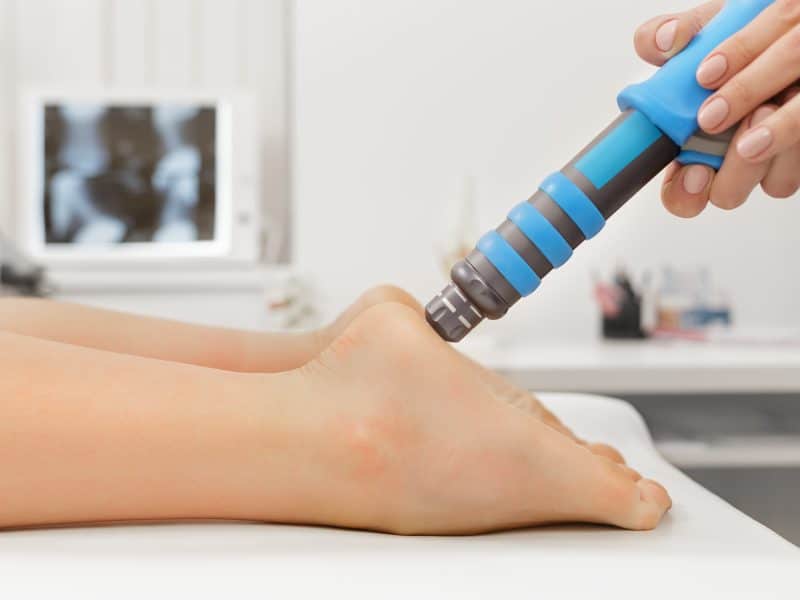What should I expect?
We use a hand-held device that is pressed against the painful area to project the shockwave to the injured tissue. The treatment takes around 5-10 minutes. The full effect of the treatment is usually seen about 12 weeks after the last session. The number of sessions may vary depending on the condition and your response to treatment but usually range between 3-6 sessions. As with all interventions there is no guarantee it will help and is usually used along with other forms of treatment such as exercises.
What are the side effects?
Some common side effects include pain, swelling, redness or bruising around the area that has been treated with shockwave therapy. This usually settles within a few days. We would advise you to avoid using anti-inflammatory medicine such as ibuprofen after treatment but you can continue take alternative forms of pain relief such as paracetamol (unless you have been advised not to for any reason).





